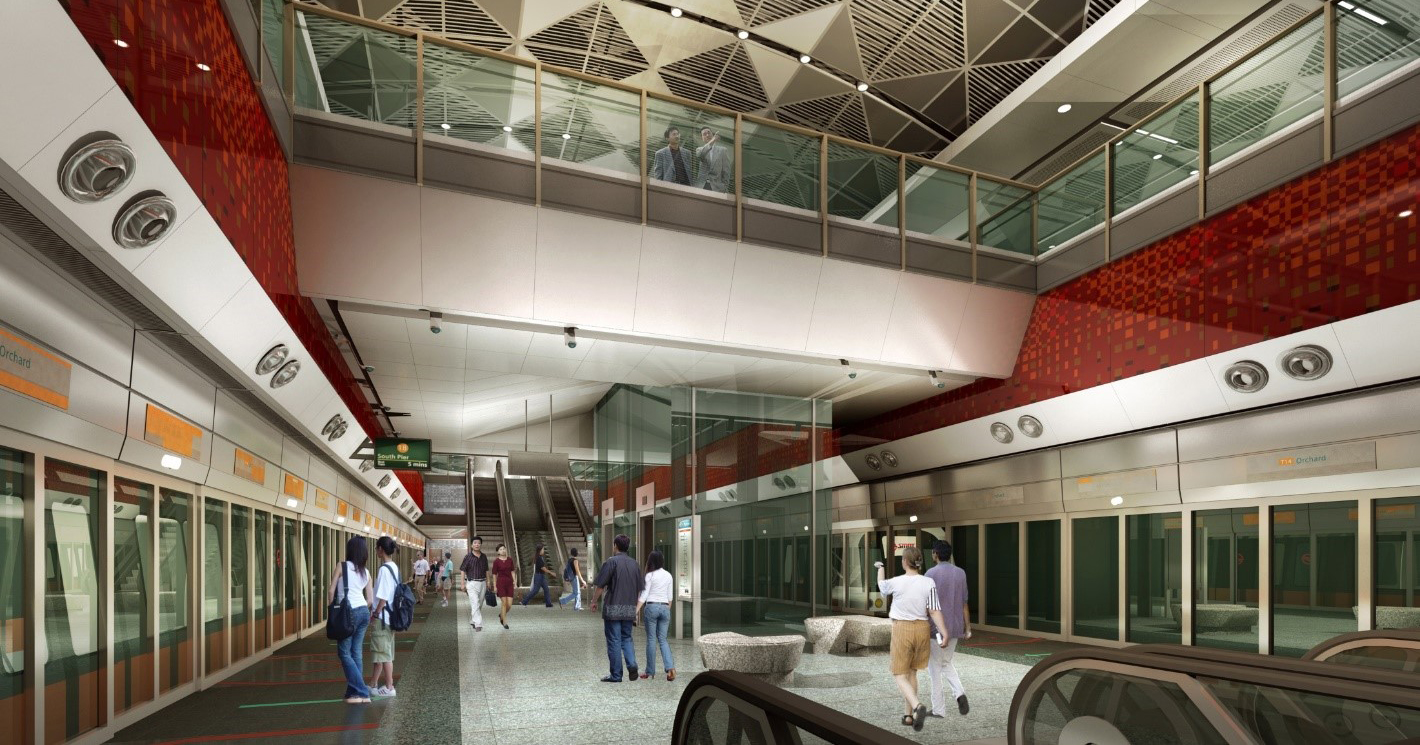The upcoming Thomson-East Coast Line (TEL) will feature a retail concept that is pioneered by Japanese rail operator JR East.
Speaking at Mandai Depot in the morning of Sep. 19, Transport Minister Khaw Boon Wan said Stellar Singapore-Japan, the retail operator for TEL stations, will bring in the retail concept of ekinaka which means "inside the station".
Ekinaka are small scale shopping complexes that are found inside ticket gates in Japanese train stations.
For example, at Tokyo Station, you can find ekinaka such as Gransta, ecute Tokyo, and ecute Keiyo Street.
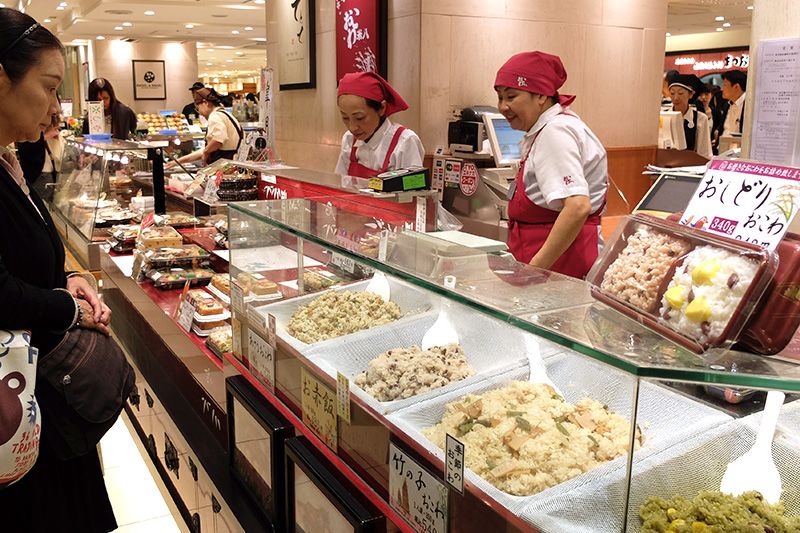 A bento shop selling food in Gransta at Tokyo Station. Via Nippon.com.
A bento shop selling food in Gransta at Tokyo Station. Via Nippon.com.
These retail shops can offer anything from food to books to even services like haircuts and massages.
According to Nippon.com, the shopping experience is very smooth for commuters because they can use their transit cards to pay for their retail purchases.
There is no word yet on how this retail concept will turn out here. For one, food and drinks are not allowed in our train stations and platforms.
According to Khaw, more details will be released by Stellar Singapore-Japan soon.
First stage of TEL to be opened by end Jan 2020
Khaw added in his speech that the first stage of the TEL comprising three stations -- Woodlands North, Woodlands, and Woodlands South -- and the Mandai Depot will open by end January 2020, in time for Chinese New Year.
When completed in 2024, the TEL will stretch for 43km long and add 32 new train stations to Singapore's rail network.
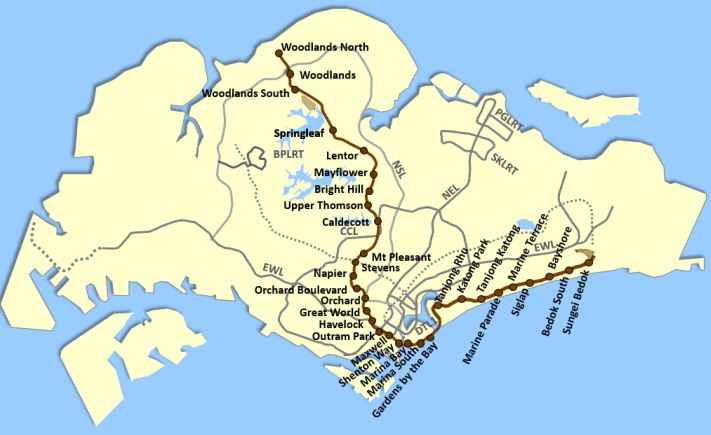 Thomson-East Coast Line. Via LTA.
Thomson-East Coast Line. Via LTA.
It will have eight interchange stations which will link to the East-West Line, North-South Line, North East Line, Downtown Line, and the the upcoming Cross Island Line.
New technologies deployed on TEL
Also shown at the minister's visit to the Mandai Depot were different technologies that will be deployed for the line's maintenance.
This includes a virtual training programme -- the product of a collaboration between SMRT and Singapore Polytechnic -- which simulates station and track environments realistically so that staff can train without being on the ground physically.
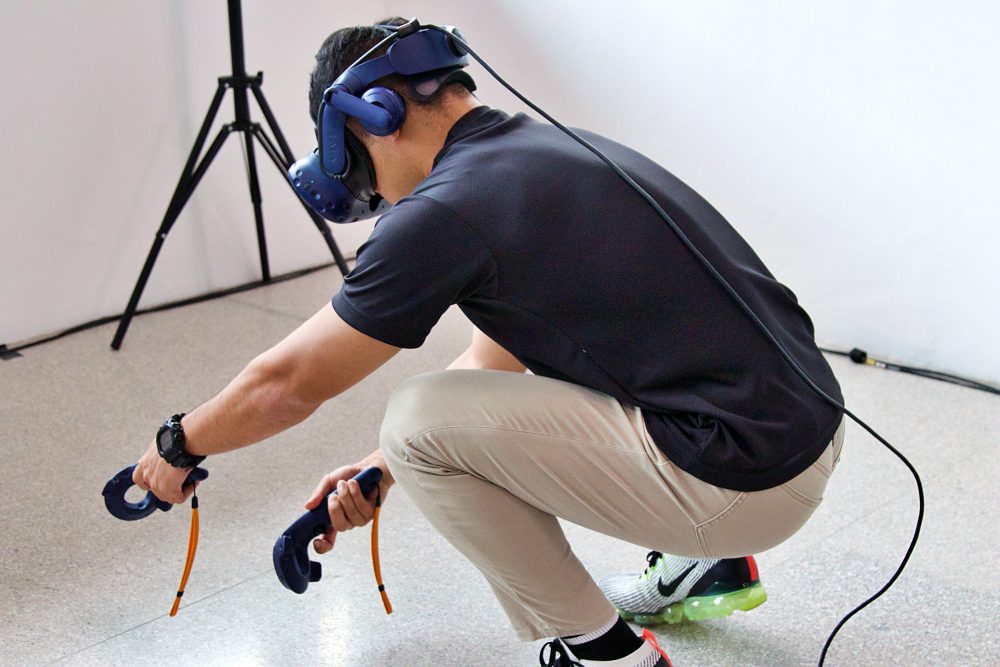 A Singapore Polytechnic student demonstrates how staff will train via the virtual reality programme. Photo by Syahindah Ishak.
A Singapore Polytechnic student demonstrates how staff will train via the virtual reality programme. Photo by Syahindah Ishak.
Maintenance personnel on TEL will also be equipped with smart glasses with cameras and microphones.
This allows the staff back in the control centre to provide ground staff with instant feedback and guidance during incidents, and subsequently, faster recovery time.
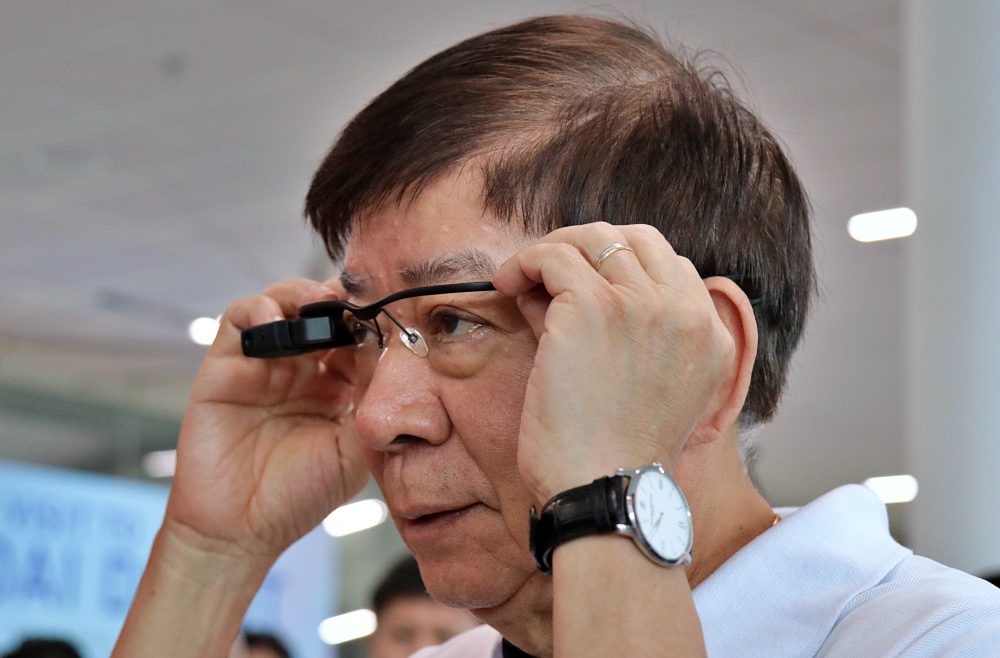 Khaw tries on the smart glasses. Photo by Syahindah Ishak.
Khaw tries on the smart glasses. Photo by Syahindah Ishak.
"The TEL is an example of how we plan long term and invest in infrastructure for future generations," said Khaw.
In 2013, then-Transport Minister Lui Tuck Yew set a target of bringing 80 per cent of households within a 10-minute walk of a train station by 2030.
Currently, 64 per cent of households are now within a 10-minute walk of a train station, according to Khaw.
Khaw said, "I am confident that this 2030 target or vision can be achieved," quipping separately that "it will be a different Transport Minister by then!"
Top photo via LTA.
If you like what you read, follow us on Facebook, Instagram, Twitter and Telegram to get the latest updates.
